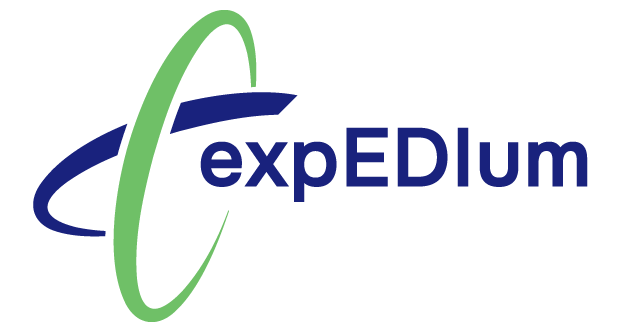In today’s healthcare landscape, efficiency reigns supreme. Every step of the patient journey, from intake to discharge, needs streamlining to ensure quality care and financial stability. Your Electronic Health Record (EHR) system plays a crucial role in this process, but its potential for revenue cycle management (RCM) is often underestimated.
This blog post will explore how you can optimize your EHR system to maximize reimbursements, minimize errors, and ultimately, improve your bottom line.
Unlocking the Revenue Cycle Potential of Your EHR
Your EHR system is a treasure trove of data. Procedures performed, diagnoses coded, and medications prescribed – all this information feeds directly into the billing process. By optimizing your EHR for RCM, you can:
- Improve Data Accuracy: Inaccurate patient information or coding errors can lead to claim denials and delays, costing healthcare providers an estimated $232 billion annually according to a 2023 Journal of the American Medical Association (JAMA). Leverage EHR features like pre-populated forms and automated coding suggestions to ensure data integrity right from the start.
- Streamline Charge Capture: Manual charge capture is time-consuming and prone to errors. Utilize EHR functionalities like point-of-care capture to automatically record charges during patient encounters. A 2022 MGMA report found that practices using point-of-care capture see a 15% reduction in coding errors.
- Enhance Claim Submission: EHR systems can integrate with billing software, enabling electronic claim submission. This reduces paperwork, minimizes errors, and accelerates reimbursements. Studies show electronic claims are processed 7-10 days faster than paper claims.
- Identify Missed Charges: Powerful reporting tools within your EHR can help identify missed or under-coded services, ensuring you capture all billable procedures. A 2023 HIMSS Analytics report estimates that healthcare providers lose an average of 5% of potential revenue due to missed charges.
- Boost Patient Engagement: Secure patient portals within the EHR allow patients to access their billing statements and make payments electronically, improving collection efficiency.
Optimizing for Efficiency: A Step-by-Step Approach
Here’s a practical approach to optimizing your EHR for RCM:
- Evaluate Your Current Workflow: Identify bottlenecks and areas for improvement. Are there delays in coding? Is claim submission a manual process?
- Train Staff on RCM Features: Ensure your staff is fully trained on the RCM functionalities of your current EHR system. This empowers them to utilize features like pre-populated forms and real-time eligibility checks.
- Regularly Audit and Update: Conduct regular audits to identify and rectify any coding errors or incomplete data. Stay updated on the latest coding regulations and ensure your EHR system reflects these changes.
- Integrate with Existing Systems: Explore seamless integration between your EHR and RCM/billing software for a smooth flow of data and reduced errors.
- Utilize Reporting Tools: Leverage EHR reports to identify trends and areas for improvement. Track denials, assess billing delay summaries, analyze coding practices, and identify missed charges for proactive revenue capture.
Conclusion
By optimizing your EHR system for RCM, you can streamline billing, minimize errors, and boost your practice’s financial health. Consider partnering with RCM optimization experts to maximize your EHR’s potential. expEDIum, with our upcoming EHR launch and seamlessly integrated RCM services, can be your one-stop shop for a complete RCM solution. Contact us today to learn more.

